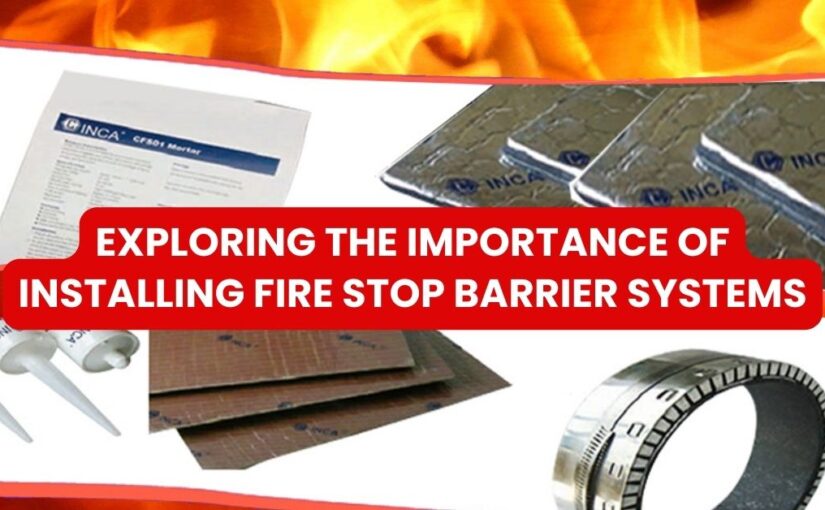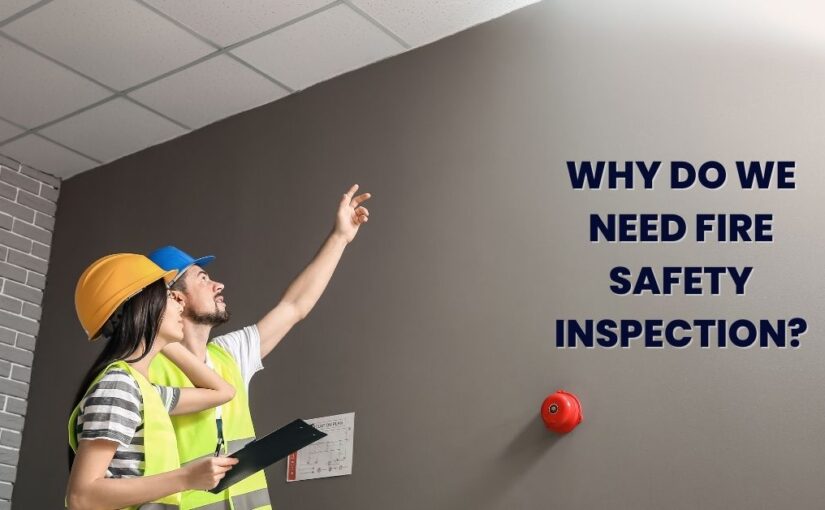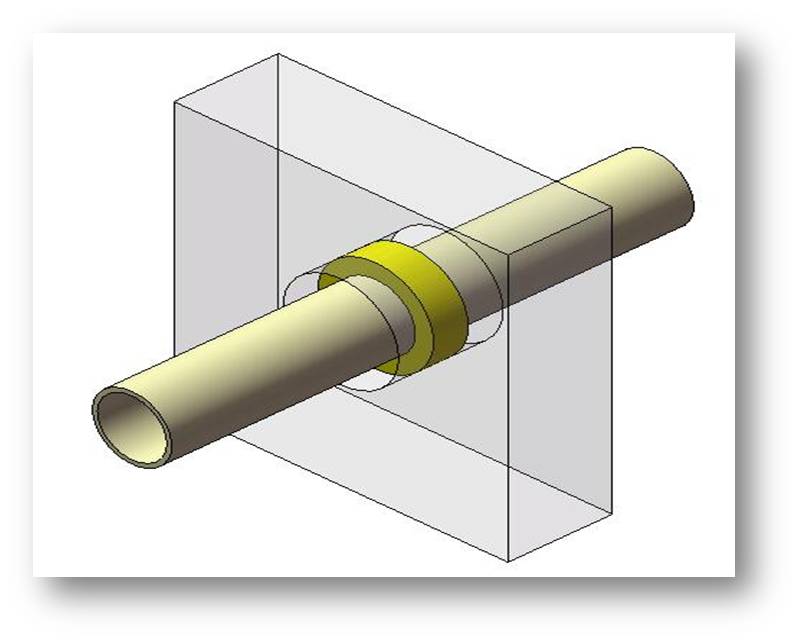A fire break out can cause drastic damage to the structure of the property and lives. It is therefore important to protect the structure of building and inhabitant’s life from fire by incorporating fire protective shields.
One such fire protective barrier is Fire stop barrier system that is thoughtfully designed to prevent the spread of fire and smoke within unseen roof and ceiling voids. They are the barriers designed to prevent the spread of flames, deadly gases and toxic smoke through the openings created during the building upgrades and installation of electrical, plumbing, communications and ventilation systems and grease ducts. Fire stop barriers are used to fill the breaches in fire-resistant walls and floor assemblies.
Why Fire stop barrier systems are essential?
Fire stop barrier system is smartly engineered to minimize and limit the amount of spread of smoke, toxins, and fire that can circulate throughout the building process during a fire incident. By ceiling the penetrations correctly with fire stop barriers the efficiency of the building can be improved.
The cutting-edge fire stop barrier system can help contain the fire and prevent it from spreading to other parts of the building. This can provide valuable time for occupants to evacuate the building safely and for fire fighters to arrive and extinguish the fire.
Fire stop barriers, a passive fire protection help protect building services like electrical and communication system which can be essential for emergency response.
Some commonly used fire stop barriers
- Fire stop foam: This is a flexible barrier made from two component liquid and is suitable for large penetration and large opening in wall and floor.
- Fire stop sheet system – FP04: This 0.8 mm metal sheet bonded with 1.2 mm intumescent material and is test for long life with gamma radiation. They are also suitable for large penetration and opening.
- Fire stop sheet system- FP02: This 3mm metal sheet is bonded with 4 mm intumescent material, blended by wire, mesh and aluminum foil. Test for long life with gamma radiation and is suitable for large and multiple penetration and opening.
- Fire stop fire mortar system: The proprietary technology of mortar made of cement, Gymsum and other add mix. It is quick to set and is non shrinkable.
- Fire stop mineral board system: It is suitable for penetration via floor or fire rated partition. The penetration includes cable trays, cable metals and metallic pipes.
- Other fire stop products: These include fire barrier caulk, silicon sealant, moldable fire-stop putty, and fireproof blanket.
Installing in optimal fire protection
The fire stop barriers protect the structural property and inhabitant’s life from fire. When installing the fire stop system, it is important to consider the kind of opening that needs to be protected. By choosing the correct fire stop barrier one can protect the drastic damage caused by fire outbreak.
By investing in fire stop barriers one will investing in peace of mind and one can ensure compliance with safety regulations. It is not about meeting legal requirements but also it is all about safeguarding lives and assets, something that is of paramount importance.
Also Read



